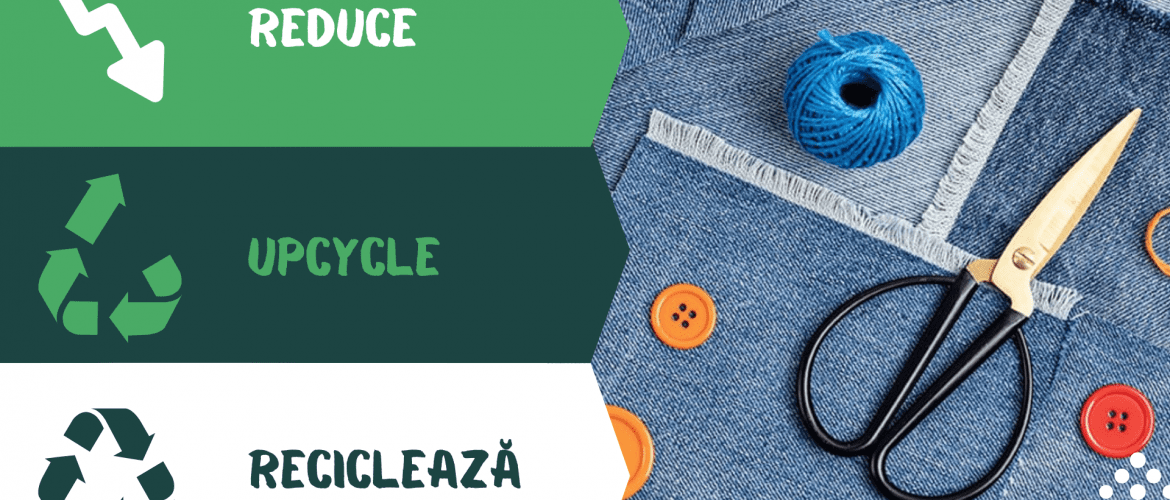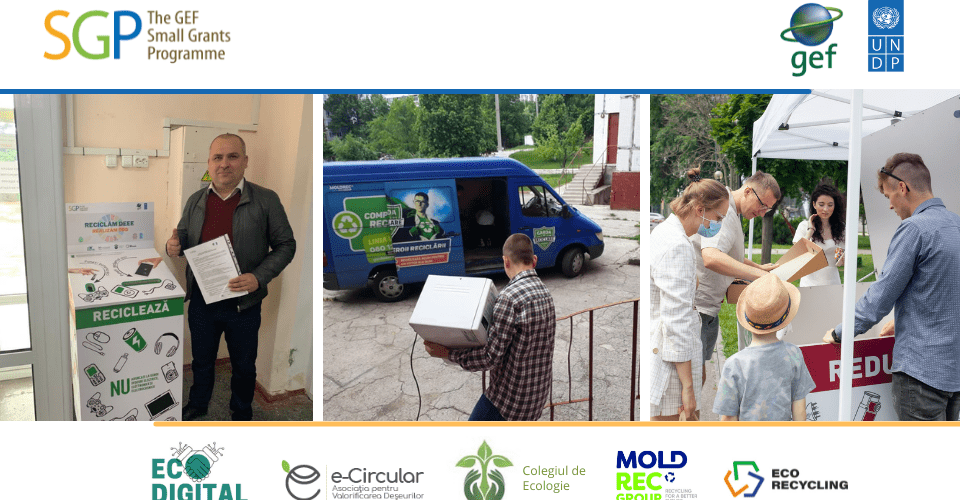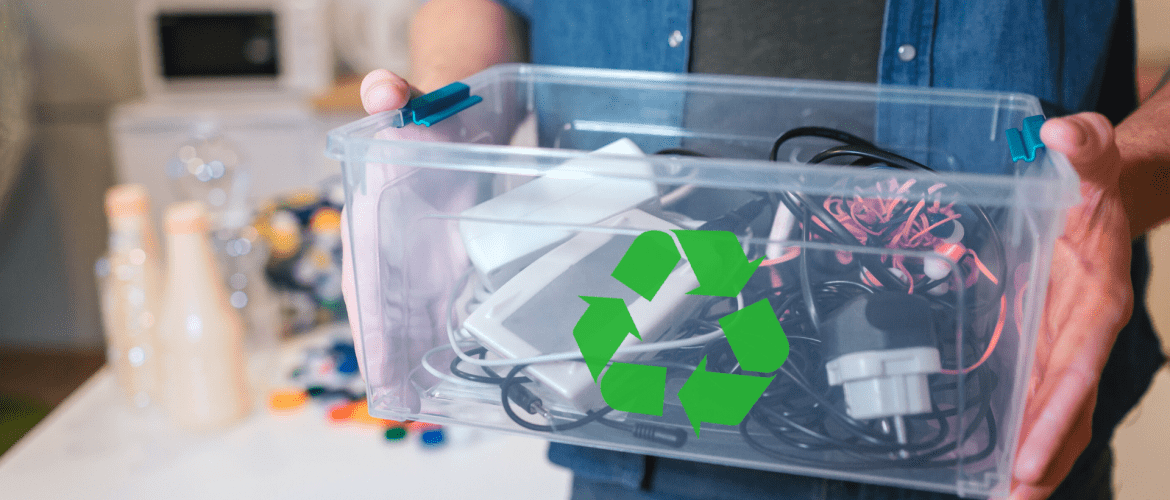If last year we discussed and promoted the errors of recycling, this year we urge you to CREATIVELY REUSE (upcycle) the things you don't need at the moment. Unlike "Recycling", "Creative Reuse" refers to the transformation of used or apparently useless objects into products of higher quality or with a higher functionality than the original product. Recycling, on the other hand, involves turning waste into new raw materials that can be used in the production of new products. The goal upcycle is of
Polystyrene / Polystyrene foam / PS – no matter what we call it, we are talking about the same plastic material. It's found in single-use cups, in the appliance boxes we buy and unpack, and whenever we order takeout. Polystyrene is a synthetic polymer that can take many chemical forms, a plastic material commonly used to create a variety of consumer products. It is widely used in the packaging industry and
According to UN data, in the year 2021, each person produces an average of 7.6 kg of electrical and electronic waste (WEEE), which means that 57.4 million tons will be generated worldwide. Only 17.4% of this e-waste containing a mixture of harmful substances and precious materials will be recorded as properly collected, treated and recycled, the rest unfortunately end up being mismanaged by disposal mixed with household waste or dumped in prohibited places . Problem
Technology has evolved so rapidly in recent decades that today it is hard to imagine what our lives would be like without smartphones, laptops, washing machines, refrigerators and many other electrical and electronic devices. But our addiction to technology and need for new devices has created one of the biggest environmental problems of our time – waste electrical and electronic equipment (e-Waste). Annually, around 50 million tons of e-Waste are generated globally, and the amount of e-Waste generated




